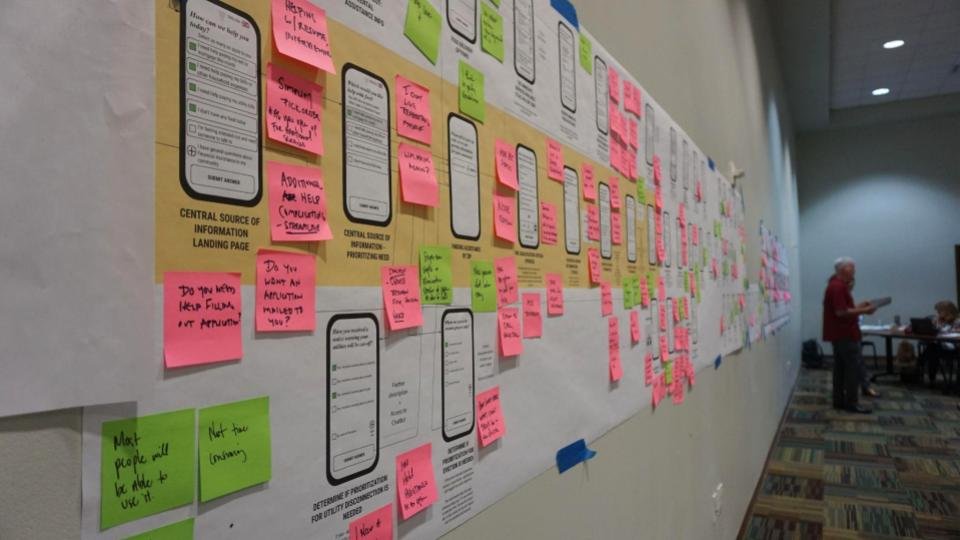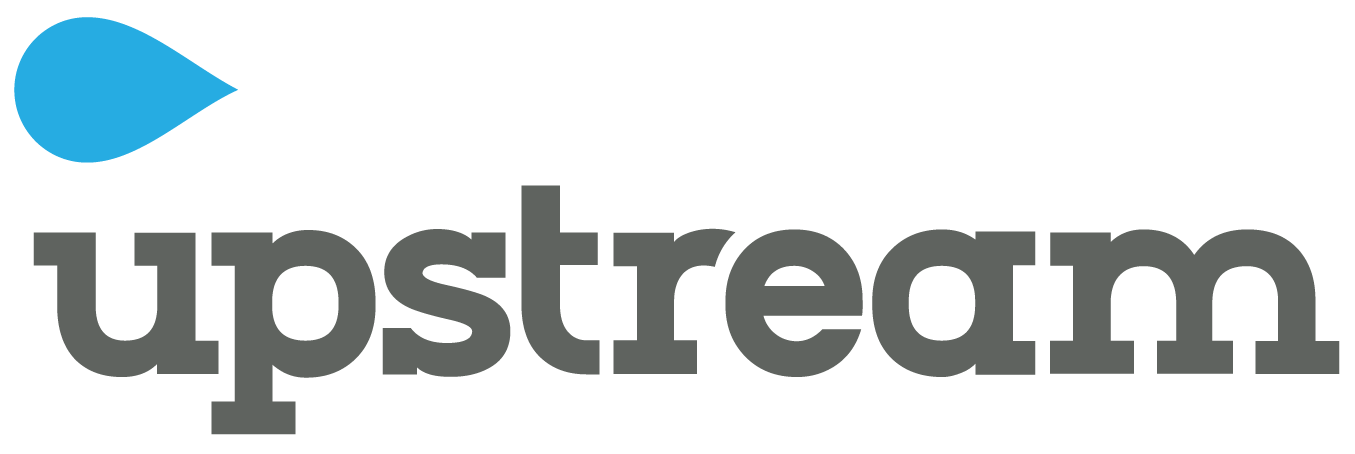
Reimagining the experience of applying for rental assistance services.
Defining Community Opportunity Areas
“How might we improve the ability of our vulnerable neighbors to find and secure short-term financial rental assistance”.
The George Foundation recognized they needed a new approach to solve large, persistent community challenges:
Upstream facilitated a Human-Centered Design process that engaged vulnerable members of the community and frontline staff from multiple agencies to identify opportunities and design solutions requiring systemic change that individual agencies would not have identified in isolation.
Our in-depth qualitative research identified the diversity of challenges faced by the community, in addition to the inefficiencies agency staff and landlords suffer throughout the process.
These insights were translated into a Journey Map which visually describes current unmet needs, barriers in achieving important milestones, and levers for change.
We prioritized the most important Opportunity Areas to improve outcomes for community members, landlords, and amplify the effectiveness of agency staff.
Co-creating systemic solutions through community engagement
Upstream rethought the whole rental assistance experience and designed a new system for use by all agencies in the community that makes the allocation of finite resources more effective. The new system is vastly simplified for all and incorporates a multitude of features that reduce the burden on tenants, landlords and agency staff.
An ideal workflow, universal application form for services, and a cross-agency portal was conceptualized and defined in a Service Blueprint. This allowed us to test and refine the new workflow with tenants, landlords, and agencies.
This validated workflow was translated into more detailed prototypes of the experience architecture and wireframes of what it looks like on a tenant’s or landlord’s phone; or on the computer of agency staff.
Guiding implementation of solutions
Upstream played the roles of advisor and virtual creative director on behalf of the foundation to ensure the final solution development is in alignment with the needs of tenants, agency staff, and landlords.
We provided the development partner with an extensive brief based on key insights from our research, design goals, and requirements for each touch-point in the experience. This included digital wireframes defining the experiential architecture, ideal workflows for each of the 3 user groups, and all key features.
Upstream also provided the foundation guidance on organizational changes needed for successful deployment of the new system.
We provided a “Playbook” and facilitated convenings to inspire the foundation’s grantees to think differently about how they design future services.
“This will save lives”
- Community member (and previous user of community services)



